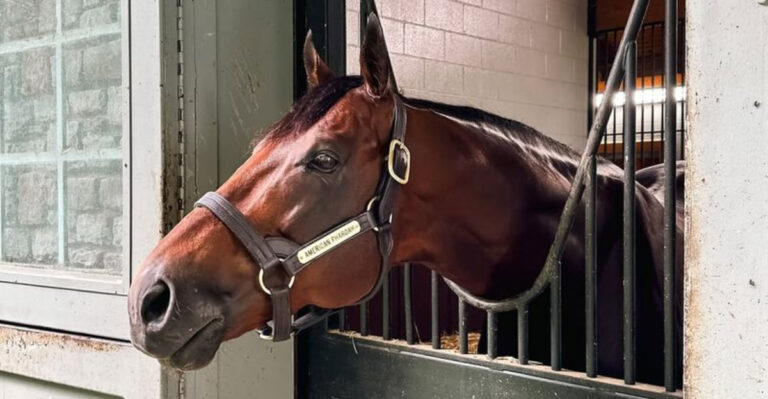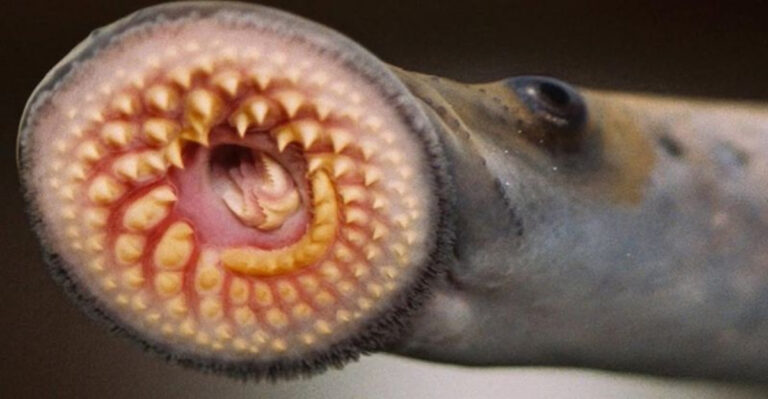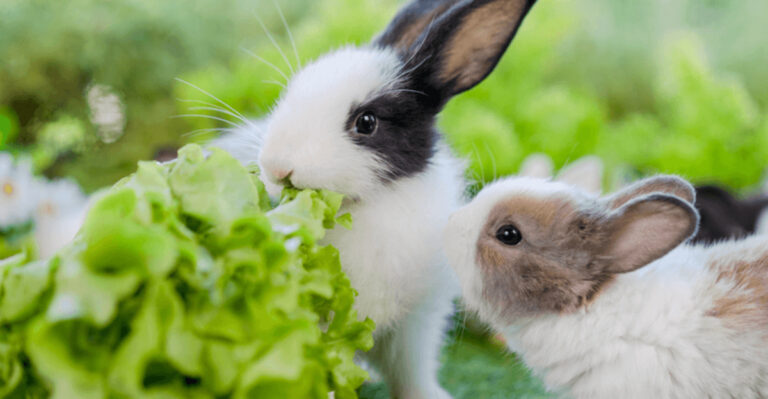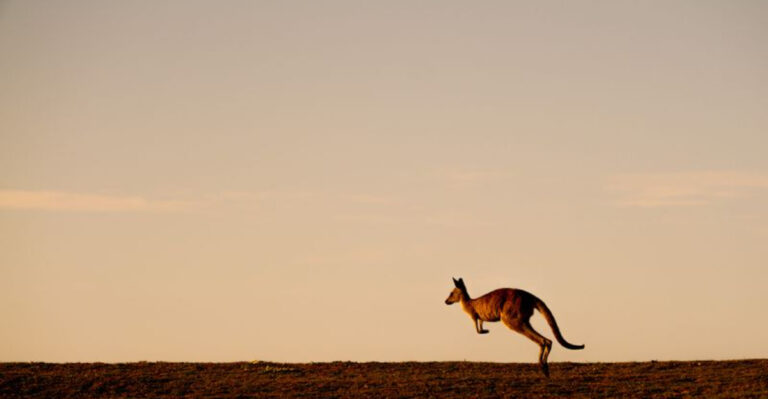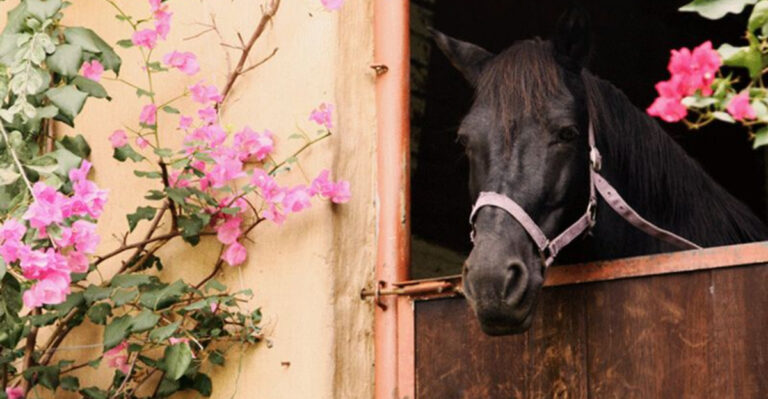Rare Bird Makes Remarkable Recovery After Snake Invasion Nearly Caused Extinction
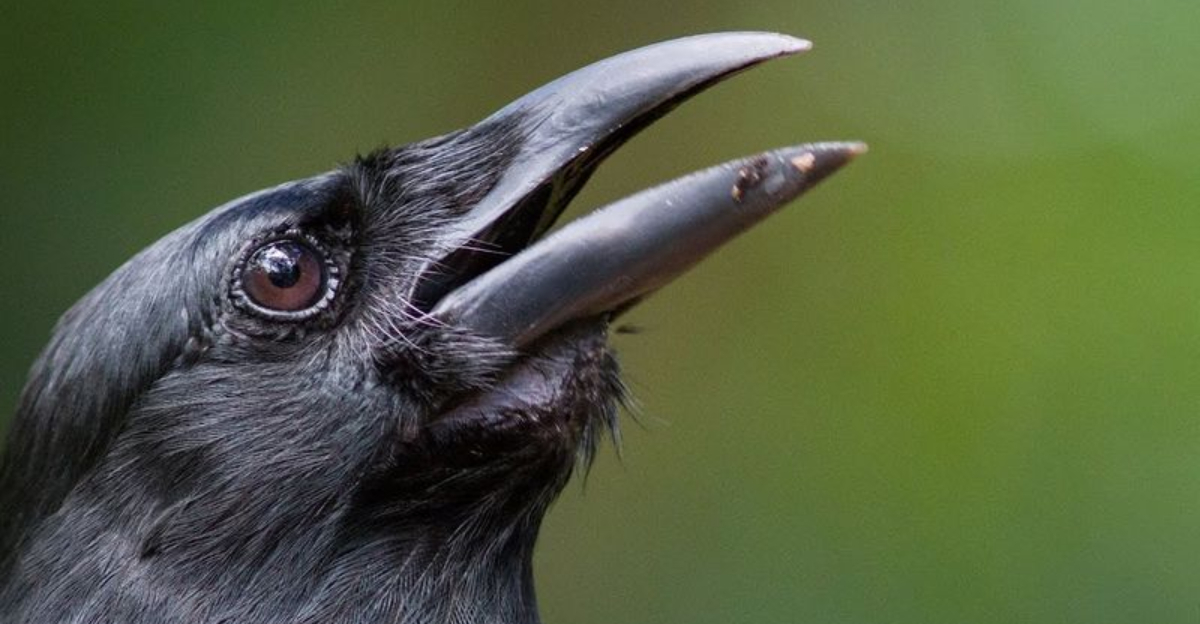
Imagine a bird so rare that just a few years ago, scientists feared it would vanish forever. The Mariana Crow faced almost certain extinction when brown tree snakes invaded its island home, destroying nearly every nest they could find.
Against incredible odds, this special bird has begun to bounce back from the brink thanks to dedicated conservation efforts and careful planning by scientists who refused to give up.
1. The Mariana Crow Was Almost Erased By A Snake

When brown tree snakes slithered their way onto Guam in the 1940s, they unleashed ecological devastation. These predators, with no natural enemies on the island, hunted the native Mariana Crow to local extinction.
By the early 2000s, not a single wild Aga (the local name for this crow) remained on Guam. The snake’s insatiable appetite for eggs and chicks proved too much for the birds that had no evolutionary defenses against such predators.
2. It’s Now Found Only On The Island Of Rota

Rota became the final sanctuary for these intelligent birds after their Guam population collapsed. The small island, just 33 square miles in size, provides critical habitat that snakes haven’t yet invaded.
Conservation teams selected Rota for its similar forest ecosystem and absence of brown tree snakes. The island’s limestone forests offer ideal nesting sites in tall trees where the crows can raise their young away from ground predators.
3. Just 90 Birds Started This Comeback
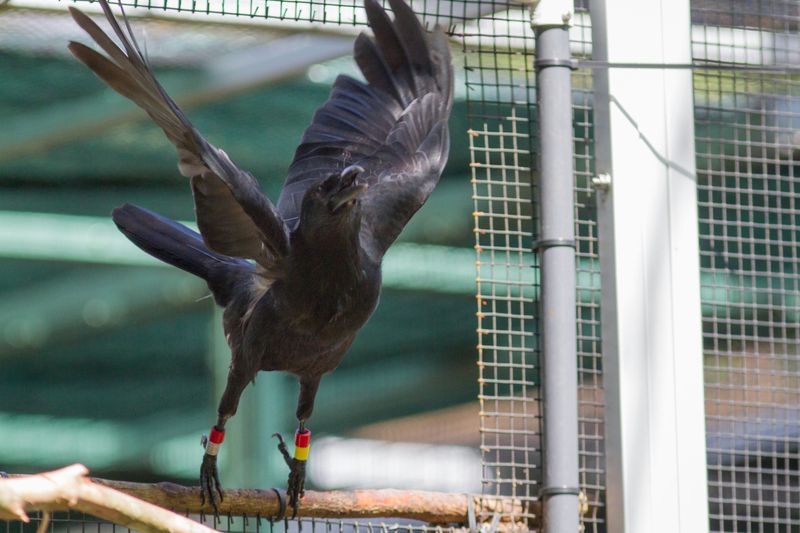
From a tiny founding population, conservation success began to take root. These 90 pioneering birds, carefully raised in protective environments, carried the genetic future of their entire species.
Each release required months of preparation. Young crows spent time in pre-release aviaries to acclimate to Rota’s environment before gaining their freedom. Biologists tracked each bird’s progress, celebrating every milestone as the population slowly expanded.
4. There Are Now Around 300 Birds In The Wild

From the edge of oblivion to a growing population, the Mariana Crow’s recovery represents a conservation miracle. The tripling in numbers demonstrates how targeted interventions can reverse extinction trends.
Researchers celebrate each new wild-born chick as proof of the program’s success. Though still endangered, this population milestone gives scientists reason to believe the species has a fighting chance at long-term survival in their native range.
5. The Birds Are Now Mating And Nesting On Their Own
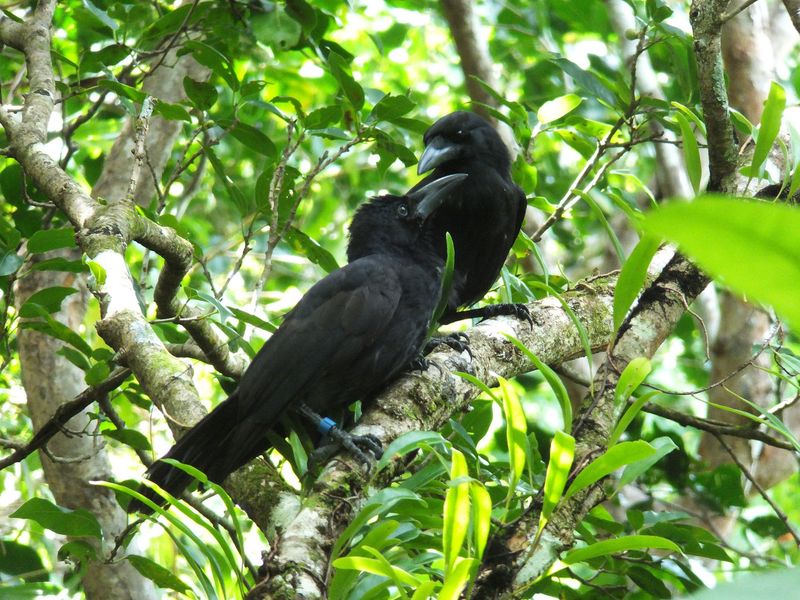
Nothing signals recovery like natural reproduction! Captive-bred crows have formed pairs and built nests without human intervention – a crucial indicator of true rewilding success.
Monitoring teams have documented multiple generations of wild-born chicks. The birds construct sturdy platform nests in tall trees, typically laying 2-3 eggs per clutch. This natural breeding behavior shows they’ve retained their wild instincts despite captive rearing.
6. This Species Was Culturally Important To The Region
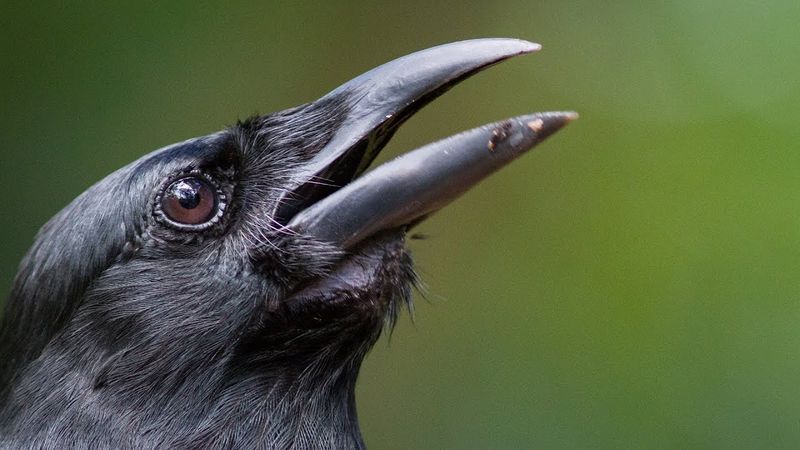
The Aga holds deep significance in Chamorro culture, appearing in traditional stories and art throughout the Mariana Islands. Local communities celebrate the bird’s resilience as part of their own cultural identity.
Ancient Chamorro people considered the crow a messenger between worlds. School programs now incorporate the Aga’s conservation story into cultural education, helping younger generations connect with both their heritage and the importance of protecting native species.
7. Captive Rearing Played A Critical Role

Behind the scenes, dedicated teams at the San Diego Zoo Wildlife Alliance worked tirelessly to perfect breeding techniques. Specialists created custom incubation protocols and feeding regimens tailored specifically for Mariana Crow chicks.
Some chicks required hand-rearing with puppets that resembled adult crows to prevent human imprinting. This meticulous attention to detail ensured the young birds would develop normal behaviors essential for survival once released into the wild.
8. Scientists Are Carefully Monitoring Their Behavior

Tiny radio transmitters attached to released birds reveal fascinating insights into crow behavior. Researchers track daily movements, noting how the birds explore their territory and interact with others in their social groups.
Motion-activated cameras placed near nests capture never-before-seen parenting behaviors. This data helps scientists understand whether captive-raised birds are successfully adapting to wild living and passing on appropriate behaviors to their offspring.
9. The Brown Tree Snake Is Still A Threat
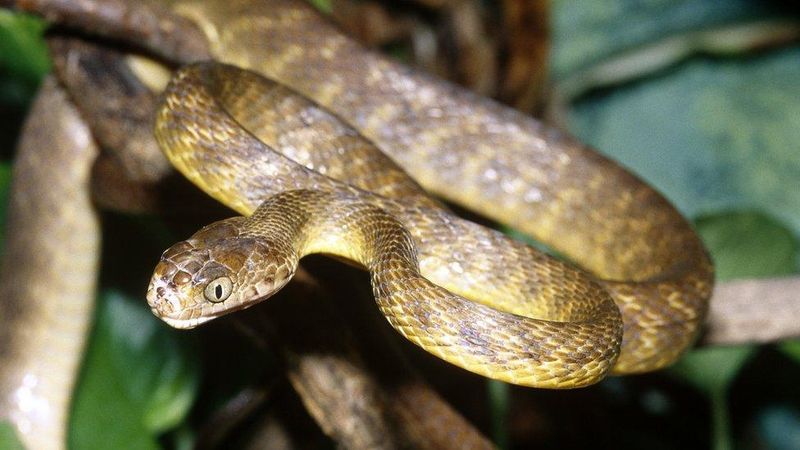
Vigilance remains crucial to prevent another disaster. Guam’s forests, once filled with birdsong, stand eerily silent as millions of brown tree snakes continue to dominate the ecosystem.
Strict biosecurity measures protect Rota from snake invasion. Cargo inspections, snake-detection dogs, and public education campaigns form a defensive line against accidental introduction. One pregnant female snake could potentially undo decades of conservation progress.
10. This Project Shows That Recovery Is Possible
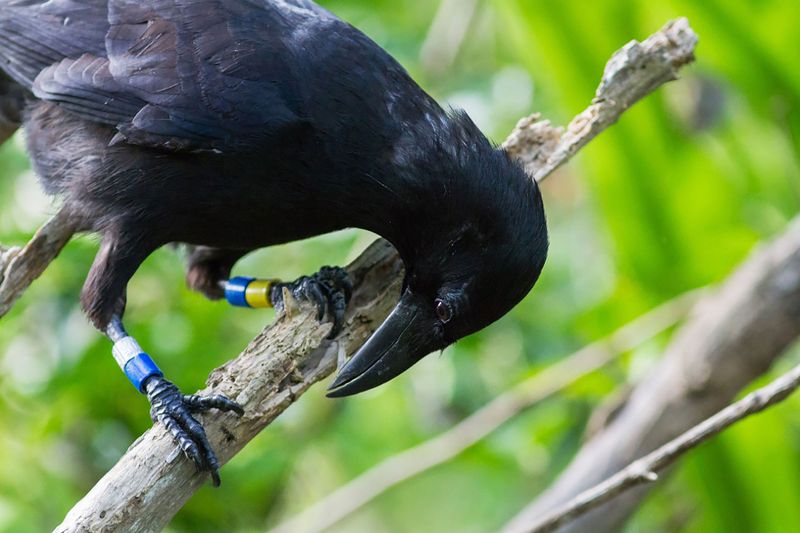
Against all odds, the Mariana Crow defied extinction predictions. Its recovery offers a blueprint for saving other critically endangered island species worldwide.
Success required unprecedented collaboration between federal agencies, zoos, universities, and local communities. The project demonstrates how combining traditional conservation approaches with innovative techniques can reverse what once seemed inevitable. Each recovered species gives scientists valuable insights that can be applied to future conservation challenges.
11. The Goal Is To Eventually Remove It From The Endangered List

Recovery milestones have been carefully mapped out in a long-term conservation plan. Scientists estimate that a self-sustaining population of 1,000 birds would signal true recovery for the species.
Current growth trends suggest this goal might be achievable within 15-20 years. Conservation teams are already expanding habitat protection efforts and exploring potential reintroduction to additional snake-free islands. Each successful breeding season brings this remarkable bird one step closer to security.
12. It’s A Reminder That Conservation Works When We Don’t Give Up
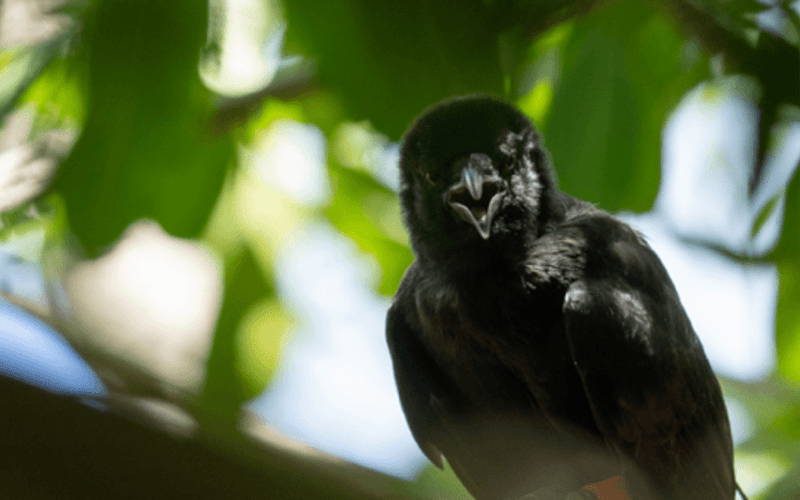
The Mariana Crow’s journey from near-extinction to recovery embodies hope in conservation. When the situation seemed hopeless, scientists refused to accept the loss of yet another unique island species.
Funding challenges and technical setbacks tested resolve throughout the project. Yet the dedication of field teams working through tropical storms and difficult terrain prevailed. The Aga’s story reminds us that with sufficient resources and determination, we can reverse even the most dire conservation emergencies.

